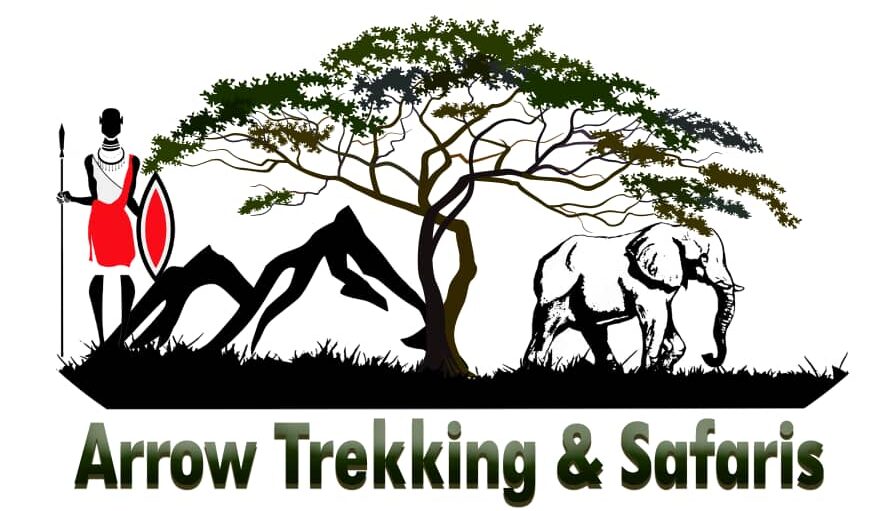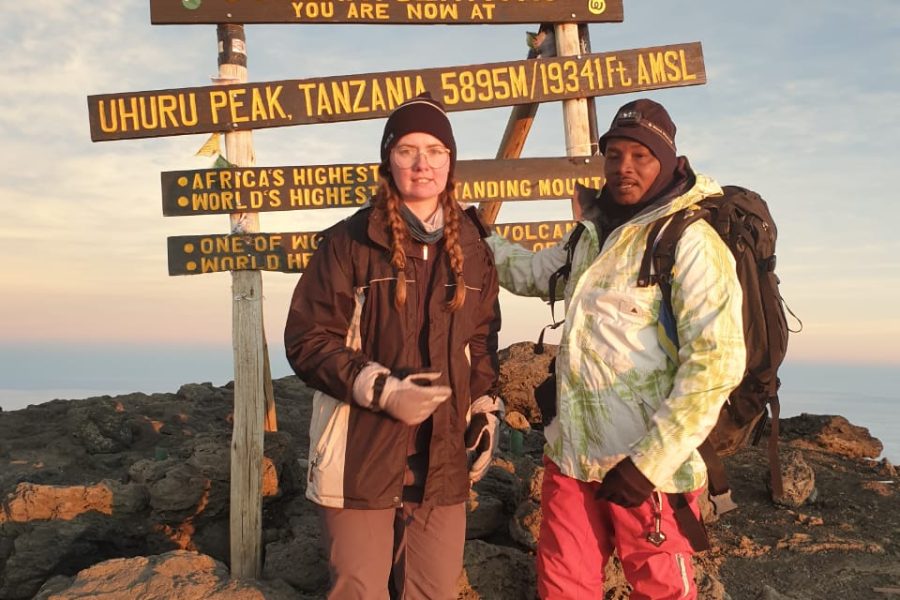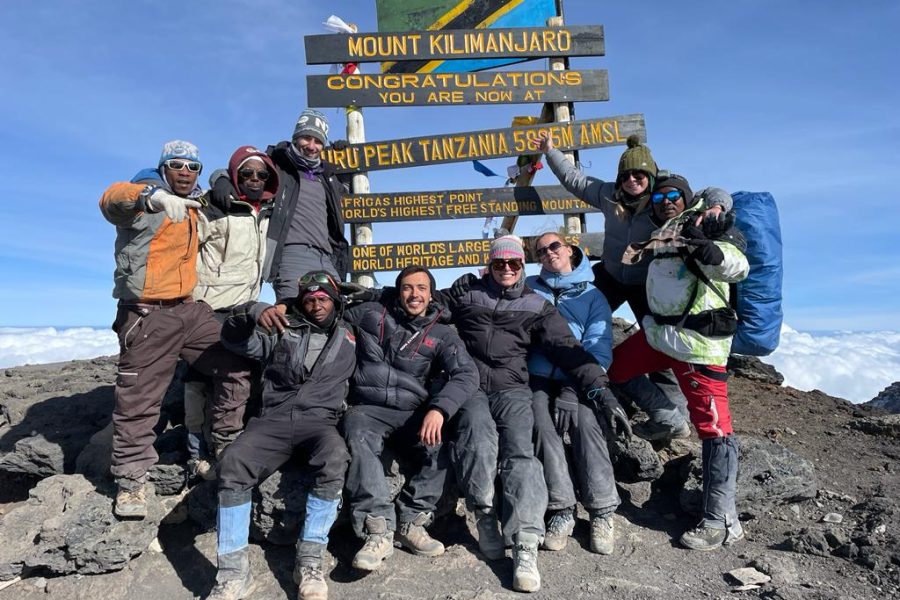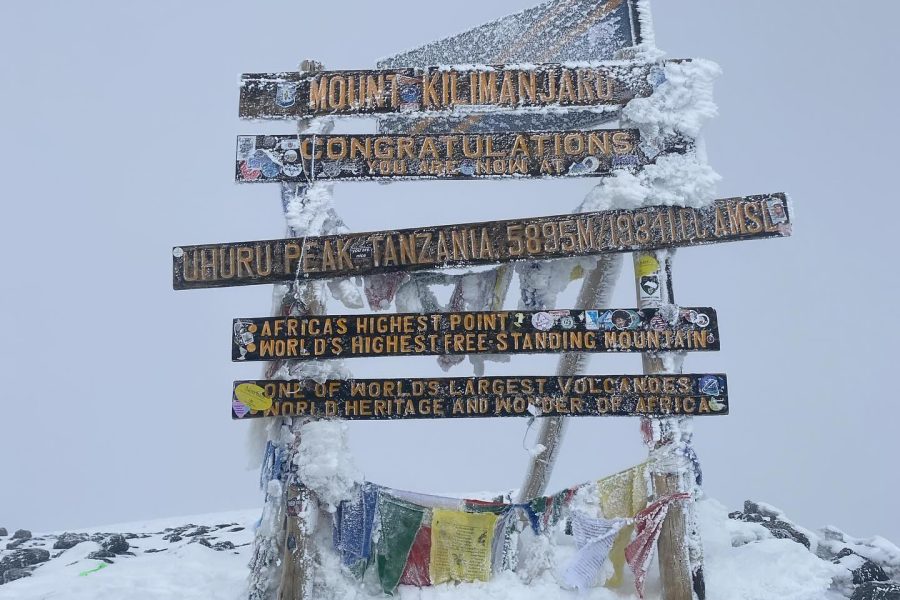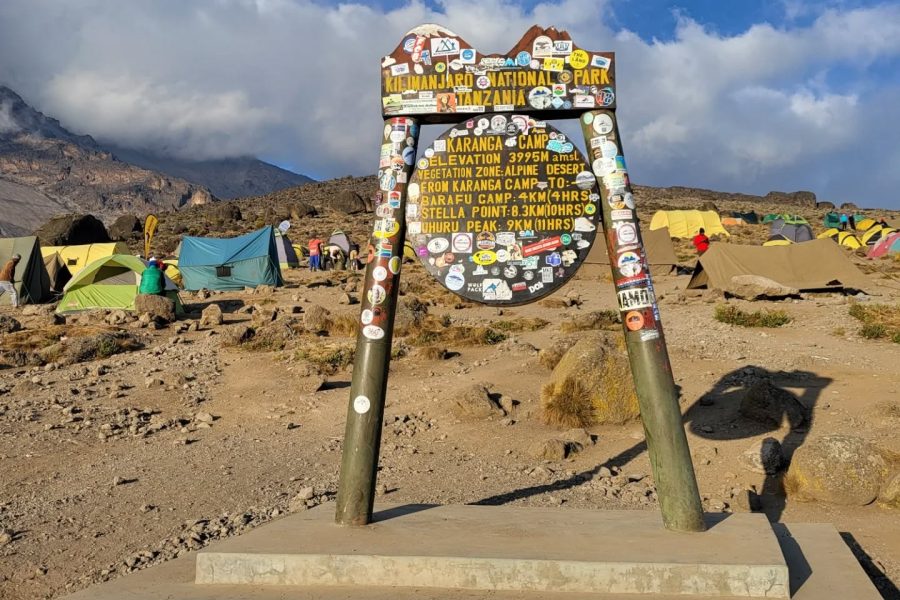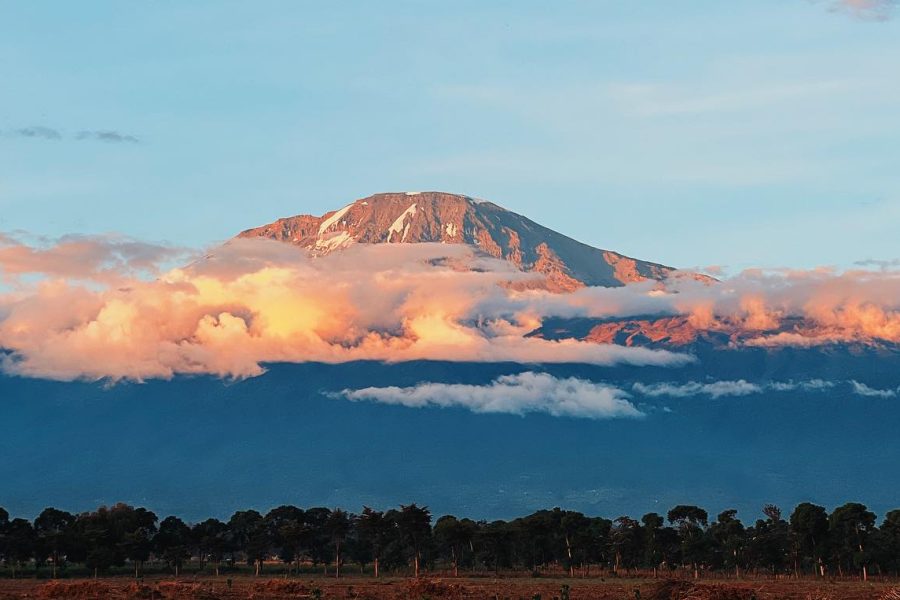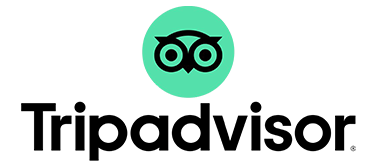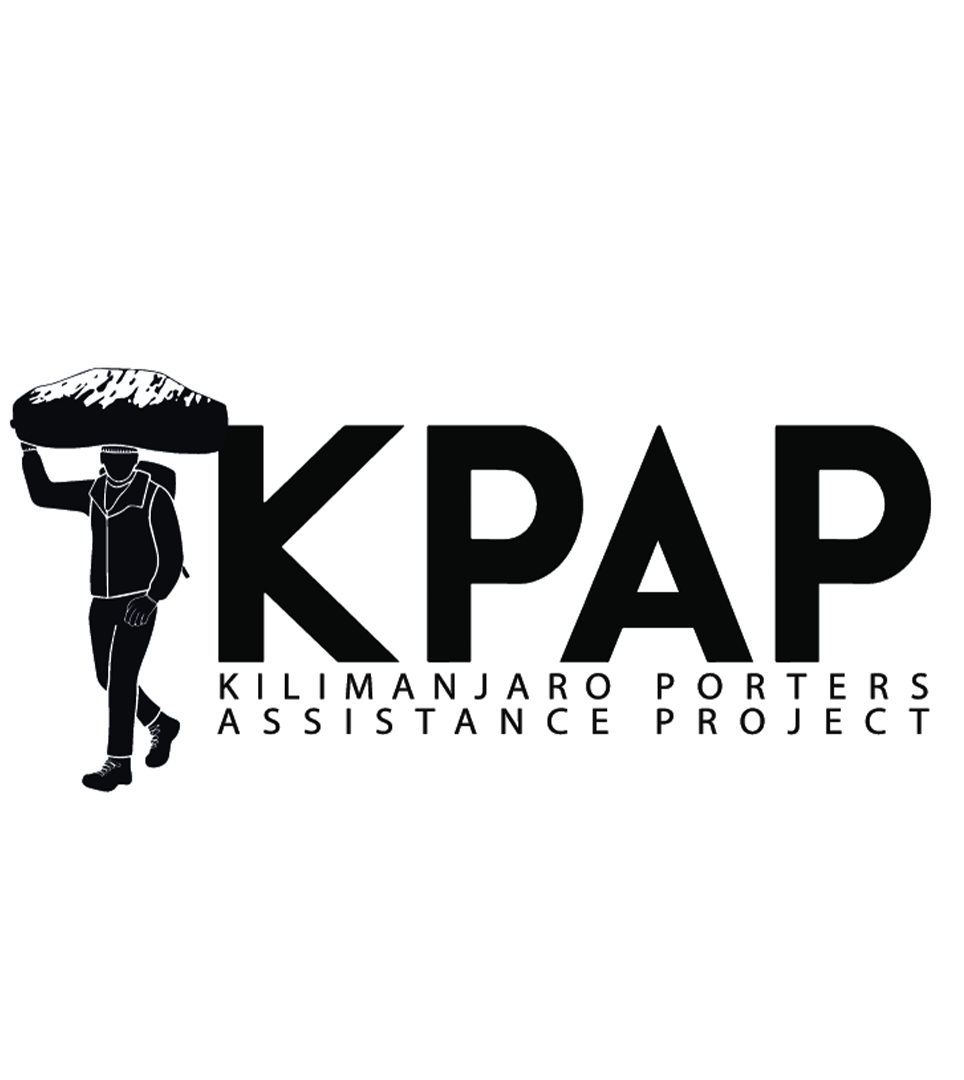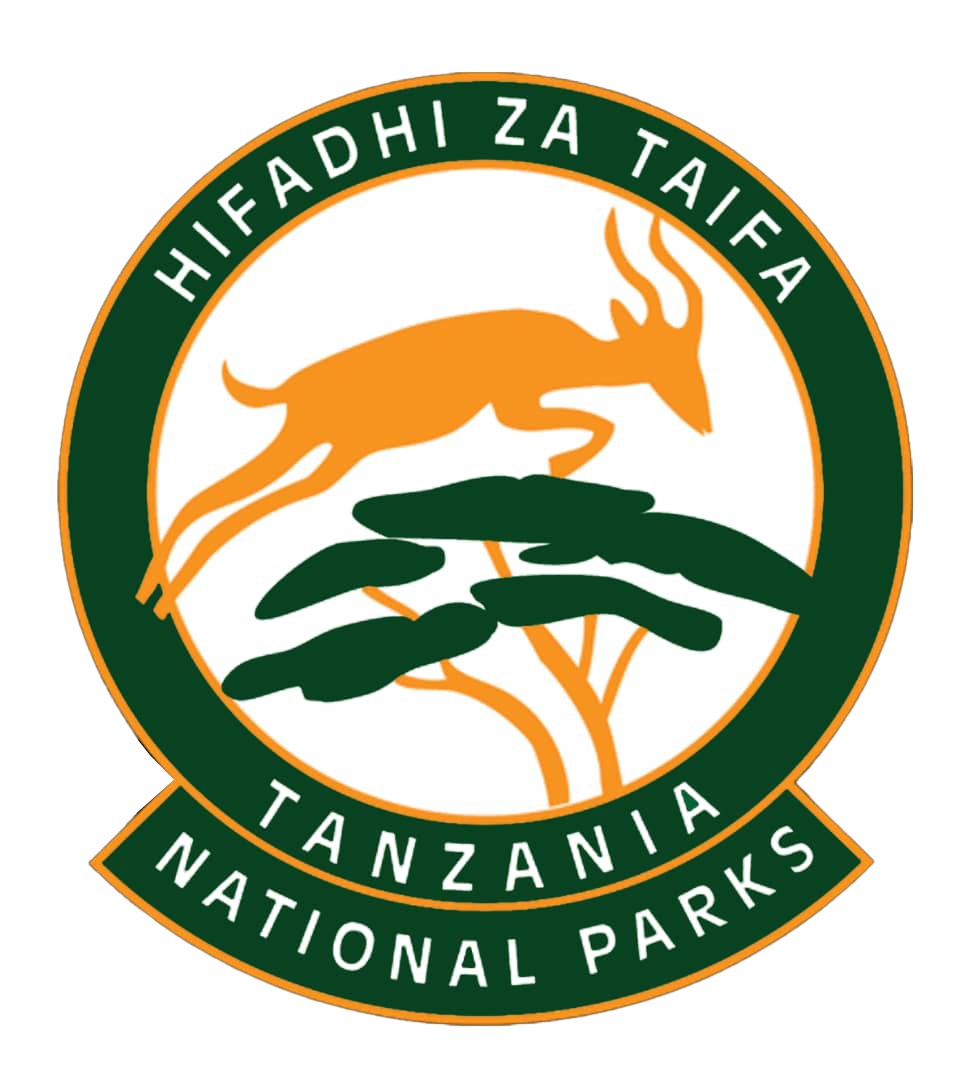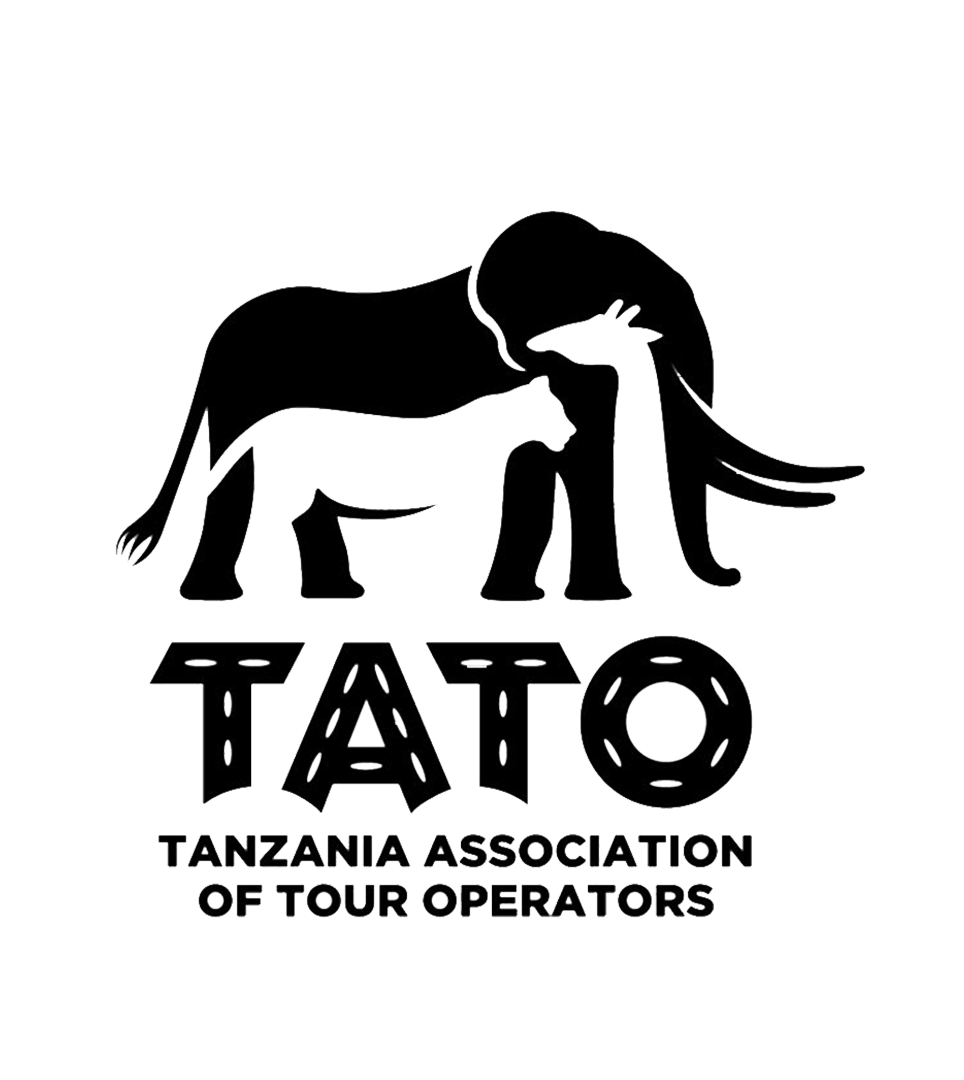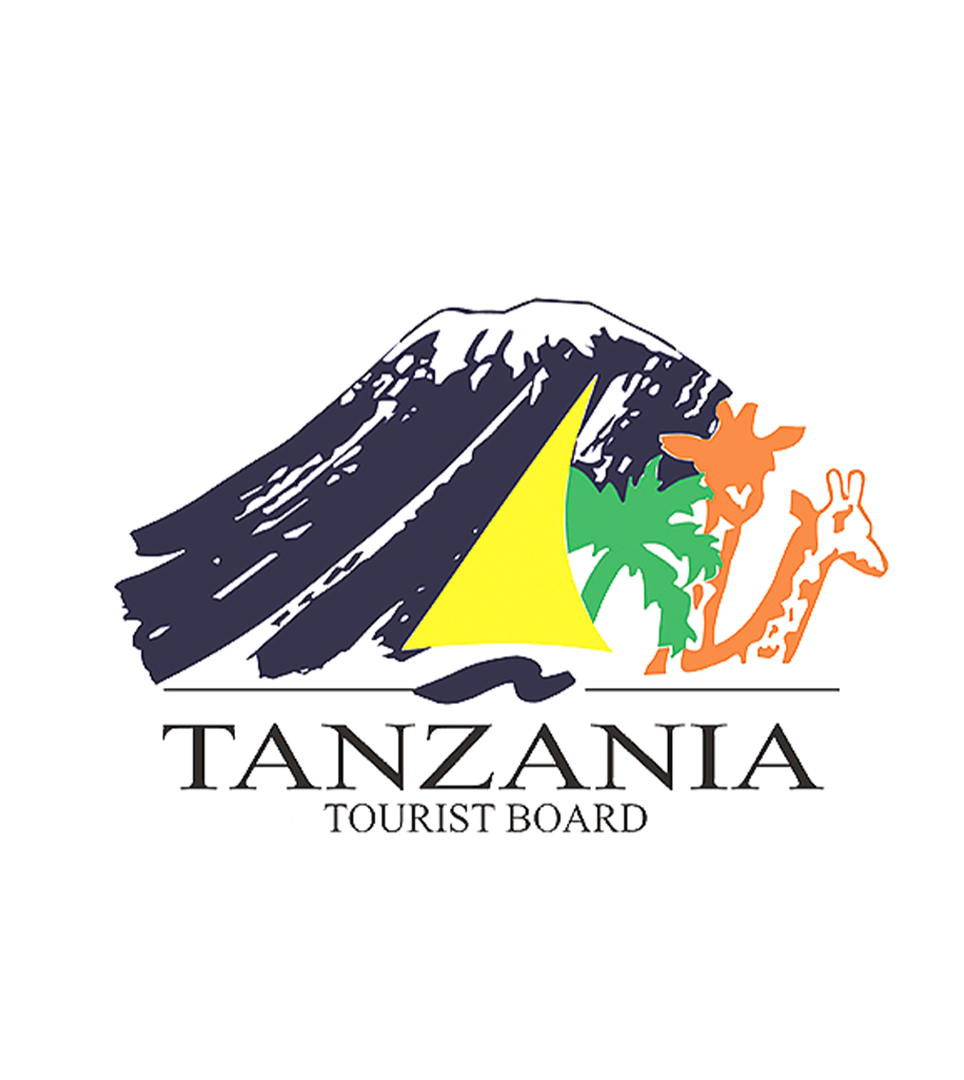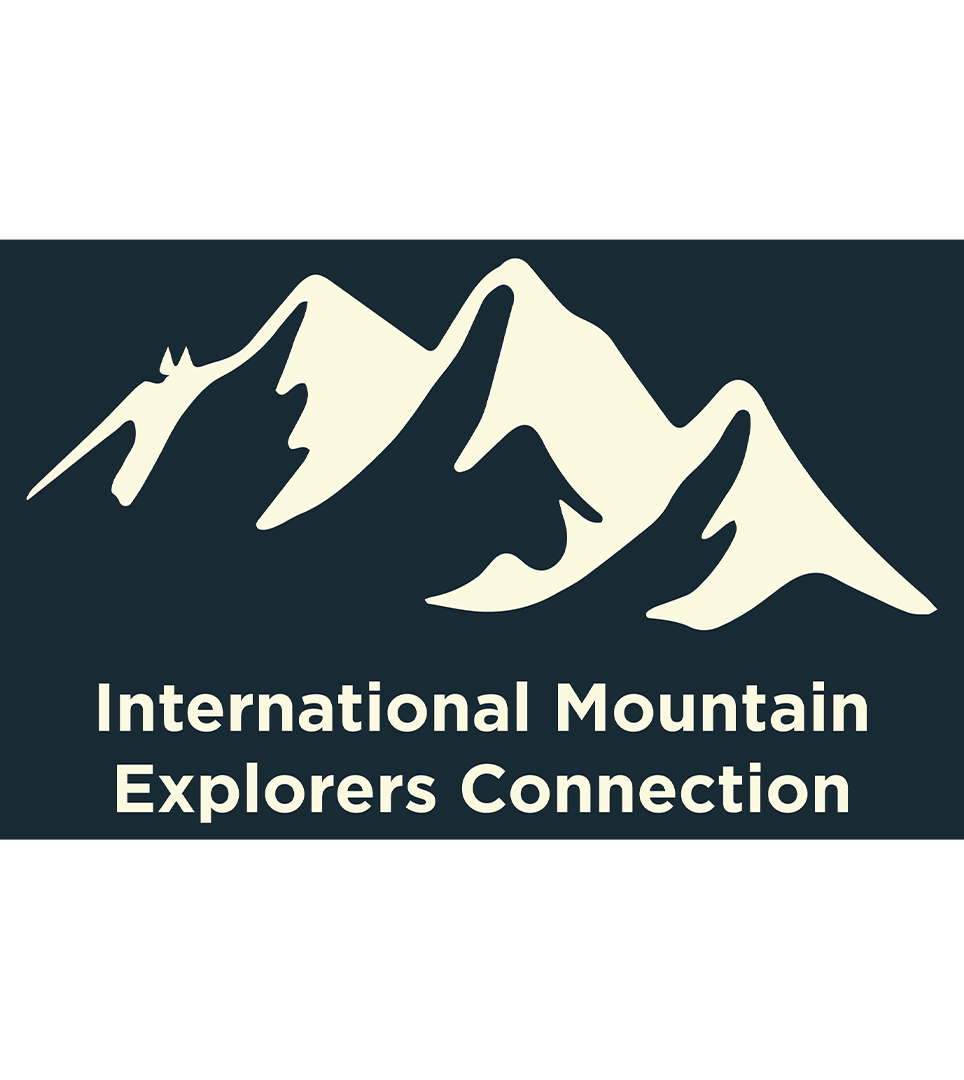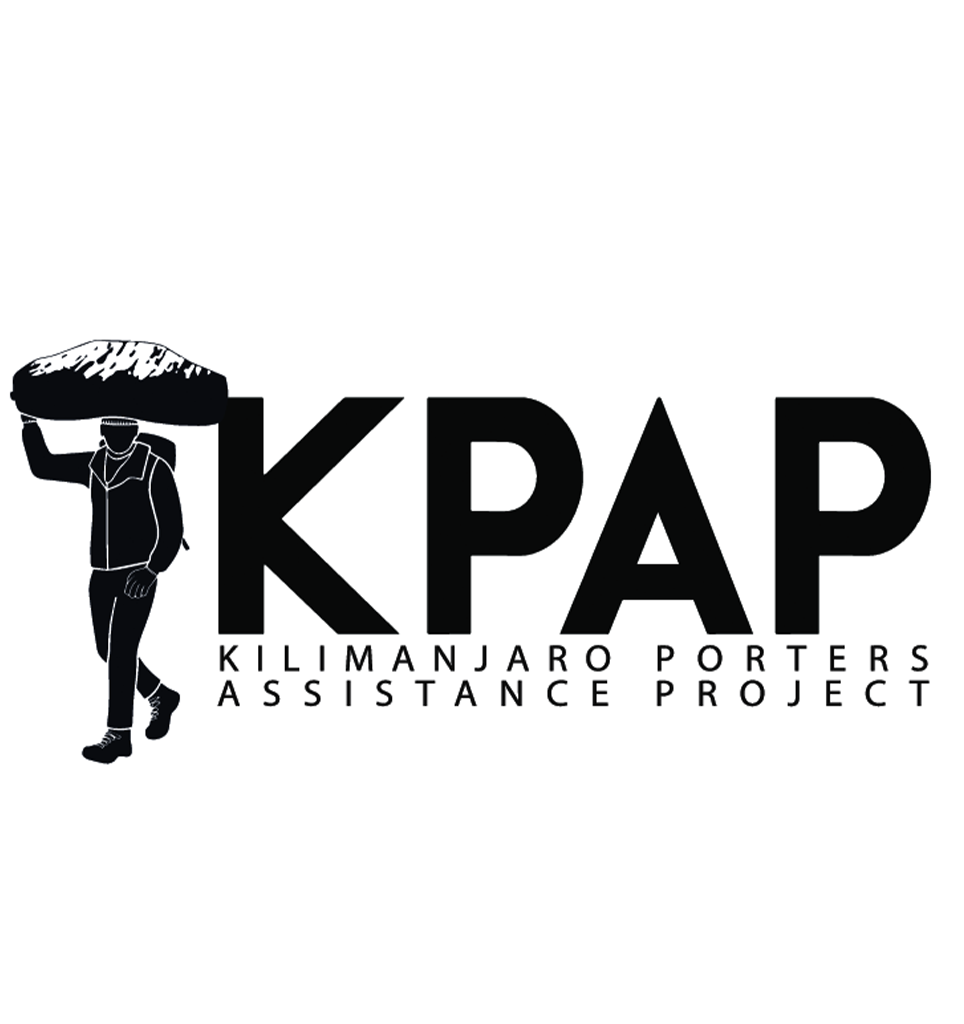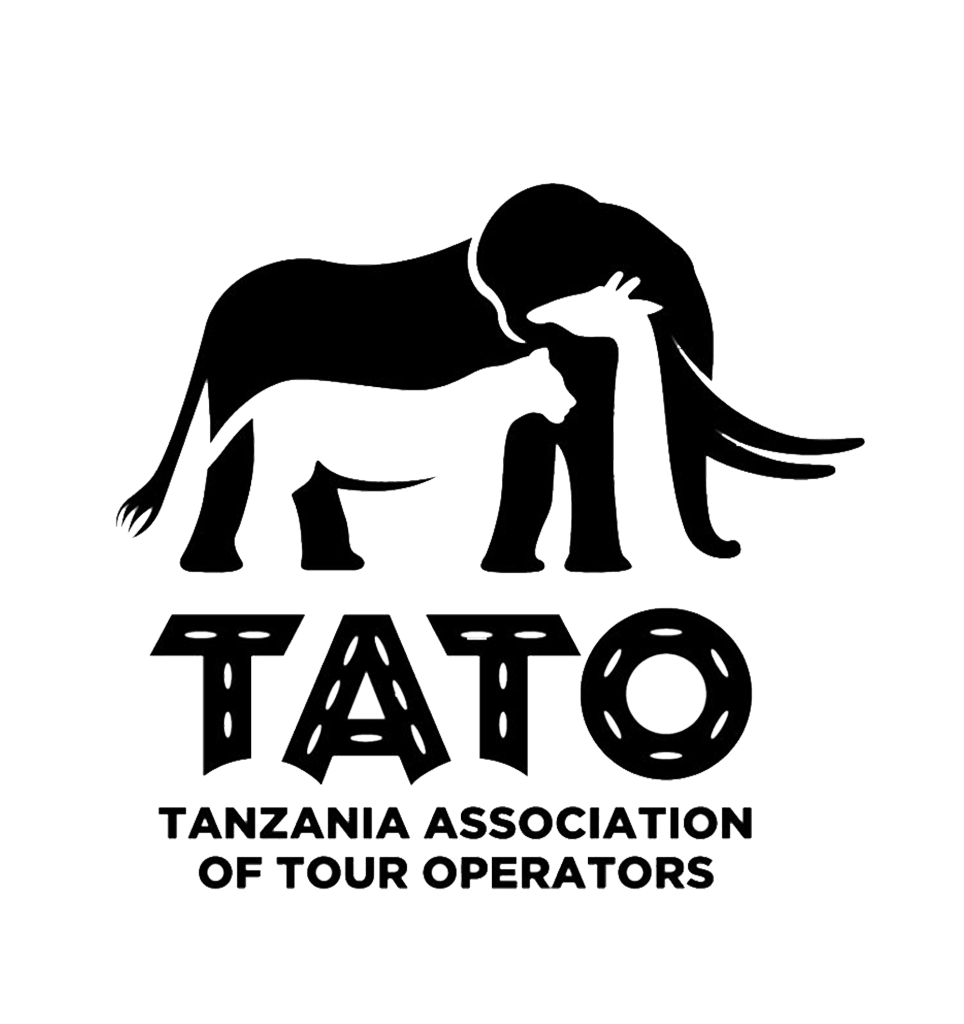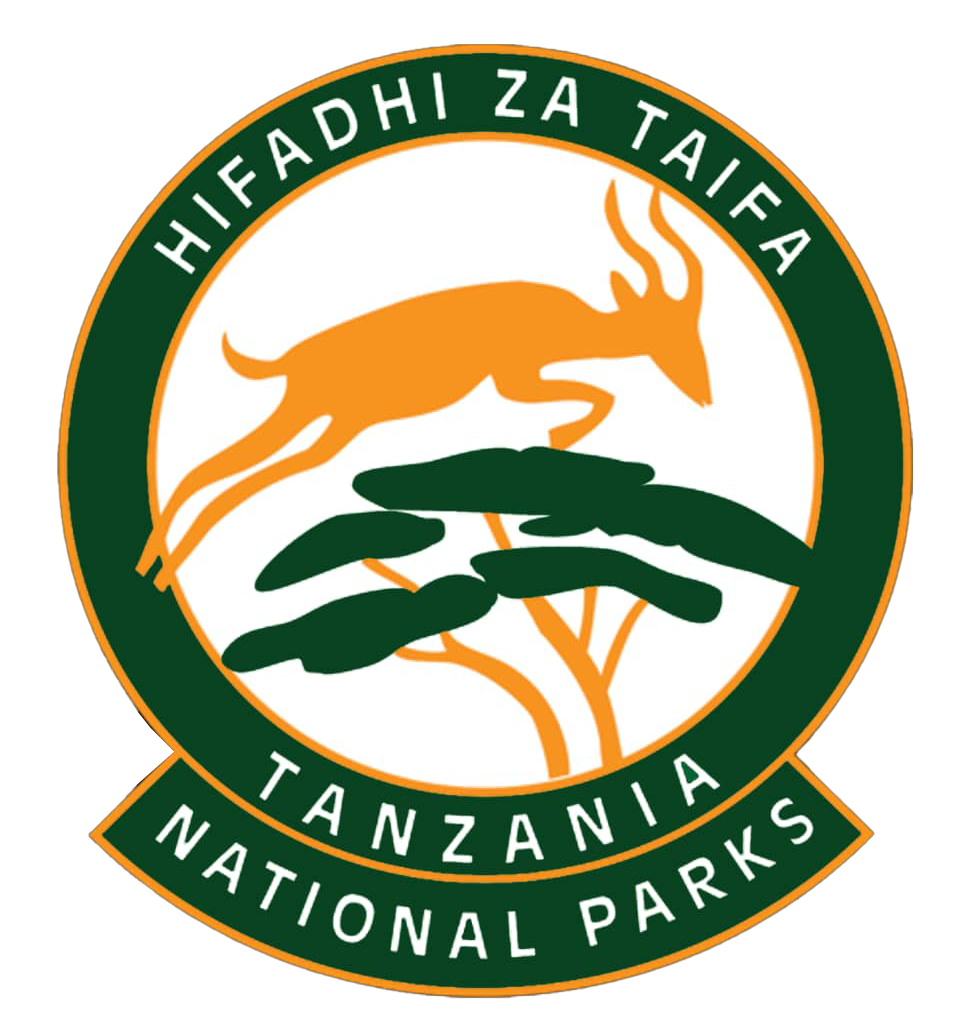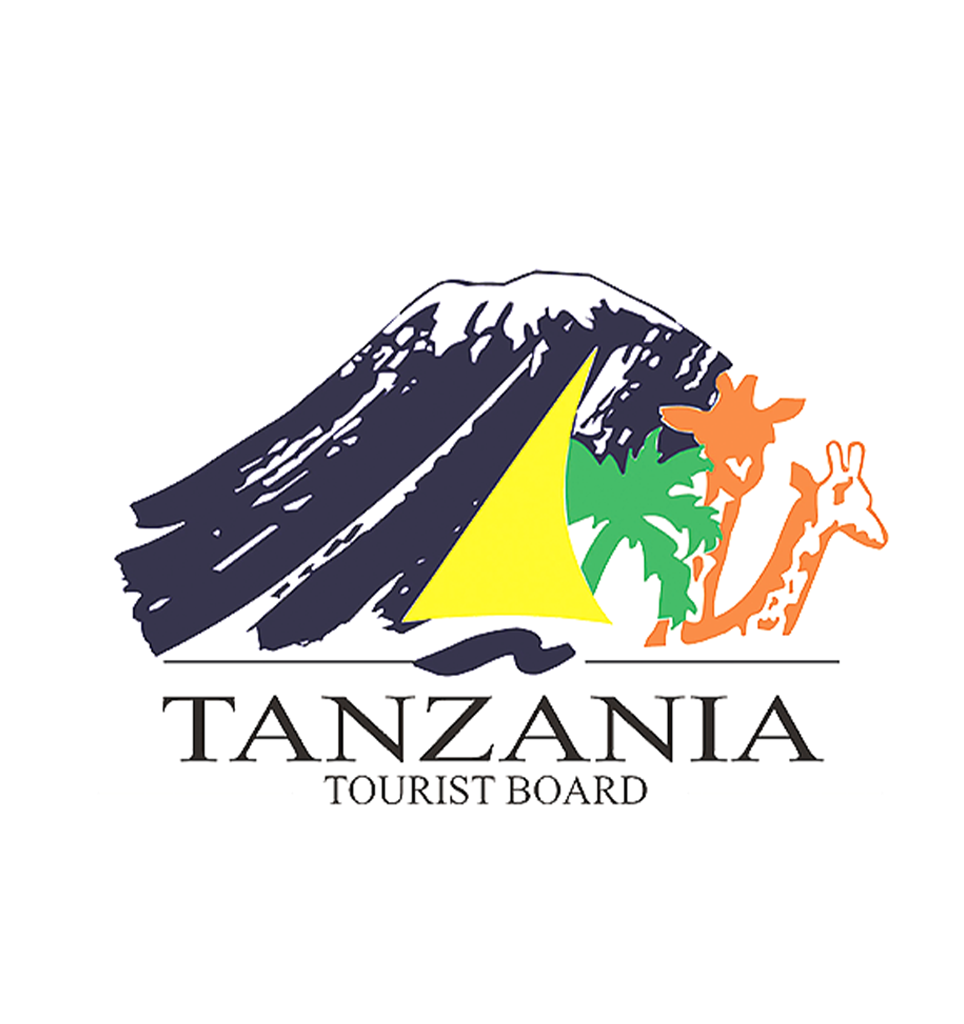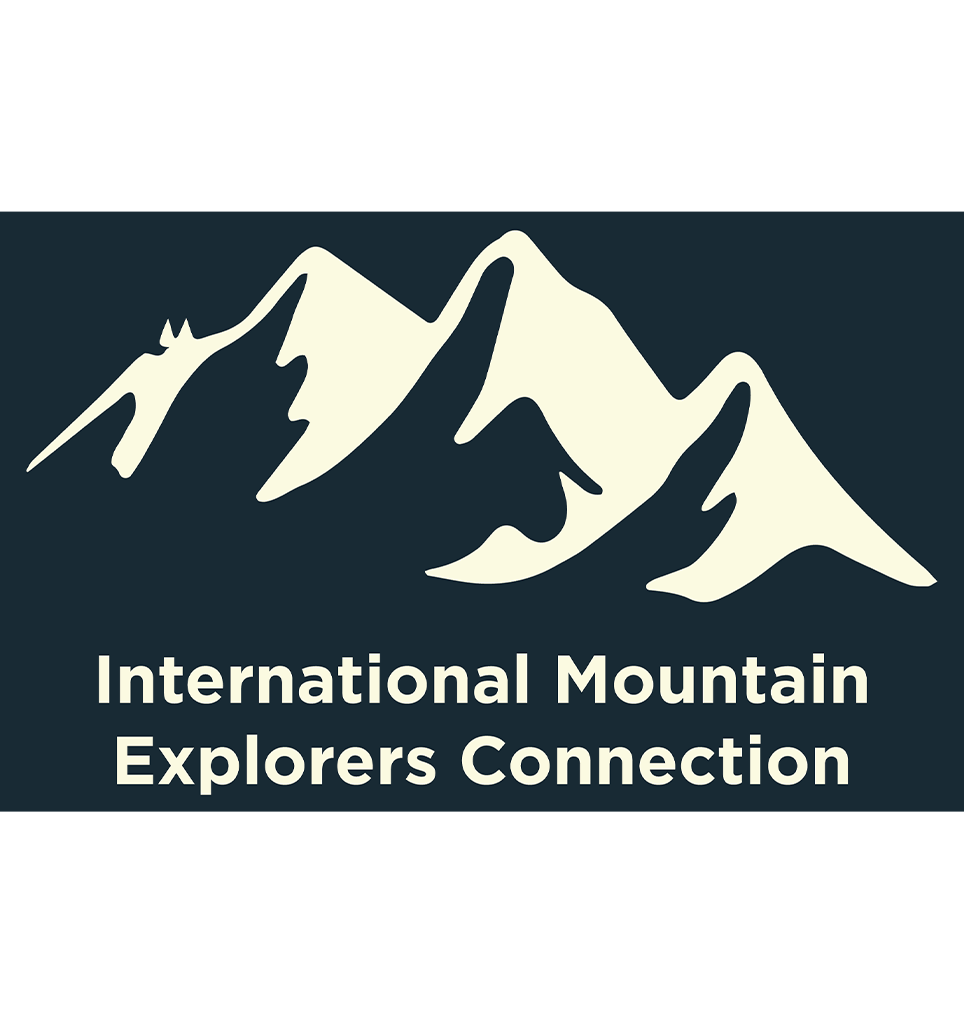Arrow Trekking and Safaris – Conquer Africa’s most iconic peaks with expertly crafted mountain adventures.
Trip Overview
The Rongai Route offers a unique perspective on Mount Kilimanjaro, approaching the summit from the north and descending via the southern Marangu Route. This trail is known for its remote and quieter paths, scenic landscapes, and stunning views of Kenya. With a gradual ascent, it’s ideal for trekkers seeking a less crowded yet rewarding climb to Uhuru Peak. Our team ensures your safety, comfort, and a memorable experience at every stage of the journey.
Trip Highlight
- Ascend through lush rainforests, heather moorlands, alpine deserts, and icy glaciers.
- Witness Unique views of Kibo and Mawenzi peaks
- Exceptional support from Arrow Trekking and Safaris’ experienced team
- Achieve the ultimate goal: standing at 5,895 meters (19,341 feet) above sea level on Uhuru Peak.
Itineray
Kilimanjaro International Airport to Moshi
Upon arrival at Kilimanjaro International Airport, our friendly Arrow Trekking and Safaris driver will warmly greet you, holding a sign with your name for easy recognition. A seamless transfer will take you to your accommodation, where you’ll enjoy a delicious meal and a pre-trekking briefing by our experienced guides. This session will prepare you for the adventure ahead as you relax and settle into the excitement of your upcoming journey.
- Altitude: 1,950 m (Rongai Gate) → 2,625 m (Simba Camp)
- Distance: 8 km / 5 miles
- Trekking Time: 3-4 hours
- Habitat: Montane Forest
- Meals: Lunch, Dinner
The journey begins with a scenic drive from Moshi to Rongai Gate, located near the Kenyan border. After registration and meeting your trekking team, the adventure starts with a gradual ascent through a beautiful montane forest. The trail offers opportunities to spot wildlife, such as monkeys and exotic birds, as you enjoy the serene environment. You’ll arrive at Simba Camp in the late afternoon, where you’ll settle in and enjoy a hearty dinner under the starry sky.
- Altitude: 2,625 m → 3,450 m
- Distance: 11 km / 6.8 miles
- Trekking Time: 6-7 hours
- Habitat: Moorland
- Meals: Breakfast, Lunch, Dinner
Leaving the lush forest behind, the trail ascends into the moorland zone, characterized by open landscapes and giant heathers. This is a crucial day for acclimatization as you climb steadily to Second Cave. You’ll have magnificent views of Kibo Peak and the Eastern Icefields along the way. Upon reaching Second Cave, enjoy a warm meal and relax while soaking in the breathtaking views of the mountain.
- Altitude: 3,450 m → 3,630 m
- Distance: 5 km / 3.1 miles
- Trekking Time: 3-4 hours
- Habitat: Moorland
- Meals: Breakfast, Lunch, Dinner
This shorter trek allows for better acclimatization as you continue through the moorland. The trail becomes steeper and rockier, offering panoramic views of the wilderness. As you approach Kikelewa Camp, you’ll notice the unique flora and fauna that thrive at this altitude. The camp is set in a sheltered valley with towering giant groundsels, providing a cozy and scenic atmosphere for the evening.
- Altitude: 3,630 m → 4,330 m
- Distance: 8 km / 5 miles
- Trekking Time: 4-5 hours
- Habitat: Alpine Desert
- Meals: Breakfast, Lunch, Dinner
The trail steepens as you trek toward Mawenzi Tarn, located at the base of the dramatic Mawenzi Peak. The landscape transitions to an alpine desert with rugged terrain and sparse vegetation. Mawenzi Tarn Camp offers spectacular views of the towering Mawenzi Peak, and the serene tarn (small mountain lake) nearby creates a tranquil setting. This day is crucial for acclimatization, as you prepare for the higher altitudes ahead.
- Altitude: 4,330 m → 4,700 m
- Distance: 9 km / 5.6 miles
- Trekking Time: 5-6 hours
- Habitat: Alpine Desert
- Meals: Breakfast, Lunch, Dinner
Crossing the lunar landscape of the saddle between Mawenzi and Kibo peaks, today’s trek is long but gradual. The barren yet striking terrain offers a sense of solitude and adventure. Arriving at Kibo Hut in the afternoon, you’ll have an early dinner and rest to prepare for the midnight summit push. The anticipation and excitement of reaching Uhuru Peak build as you prepare for the final ascent.
- Altitude: 4,700 m → 5,895 m → 3,720 m
- Distance: 19 km / 11.8 miles (7 km ascent, 12 km descent)
- Trekking Time: 12-15 hours
- Habitat: Arctic Zone, Alpine Desert
- Meals: Breakfast, Lunch, Dinner
Your summit attempt begins at midnight with a challenging climb to Gilman’s Point on the crater rim. The trail is steep and filled with switchbacks, requiring determination and focus. From Gilman’s Point, continue to Stella Point and finally to Uhuru Peak, the highest point in Africa. Witness a breathtaking sunrise and celebrate your incredible achievement with photos at the summit.
After a short rest, descend back to Kibo Hut for lunch and continue down to Horombo Hut, where you’ll spend the night and reflect on your unforgettable accomplishment.
- Altitude: 3,720 m → 1,860 m
- Distance: 20 km / 12.4 miles
- Trekking Time: 5-7 hours
- Habitat: Rainforest
- Meals: Breakfast, Lunch
After breakfast, descend through the lush rainforest to Marangu Gate. Here, you’ll receive your summit certificates to commemorate your achievement. A vehicle will transfer you back to Moshi, where you can enjoy a well-deserved rest and celebrate your successful climb with the Arrow Trekking and Safaris team.
Includes/Excludes
Includes
- Park fees, camping fees, and rescue fees.
- Professional mountain guides, porters, and cooks.
- Meals as indicated in the itinerary.
- Tents and sleeping mats.
- Transportation to and from the mountain gate.
Excludes
- International flights and visas.
- Personal trekking gear (can be rented).
- Travel insurance.
- Tips for guides, porters, and cook.
- Beverages and personal expenses.
Trip Map
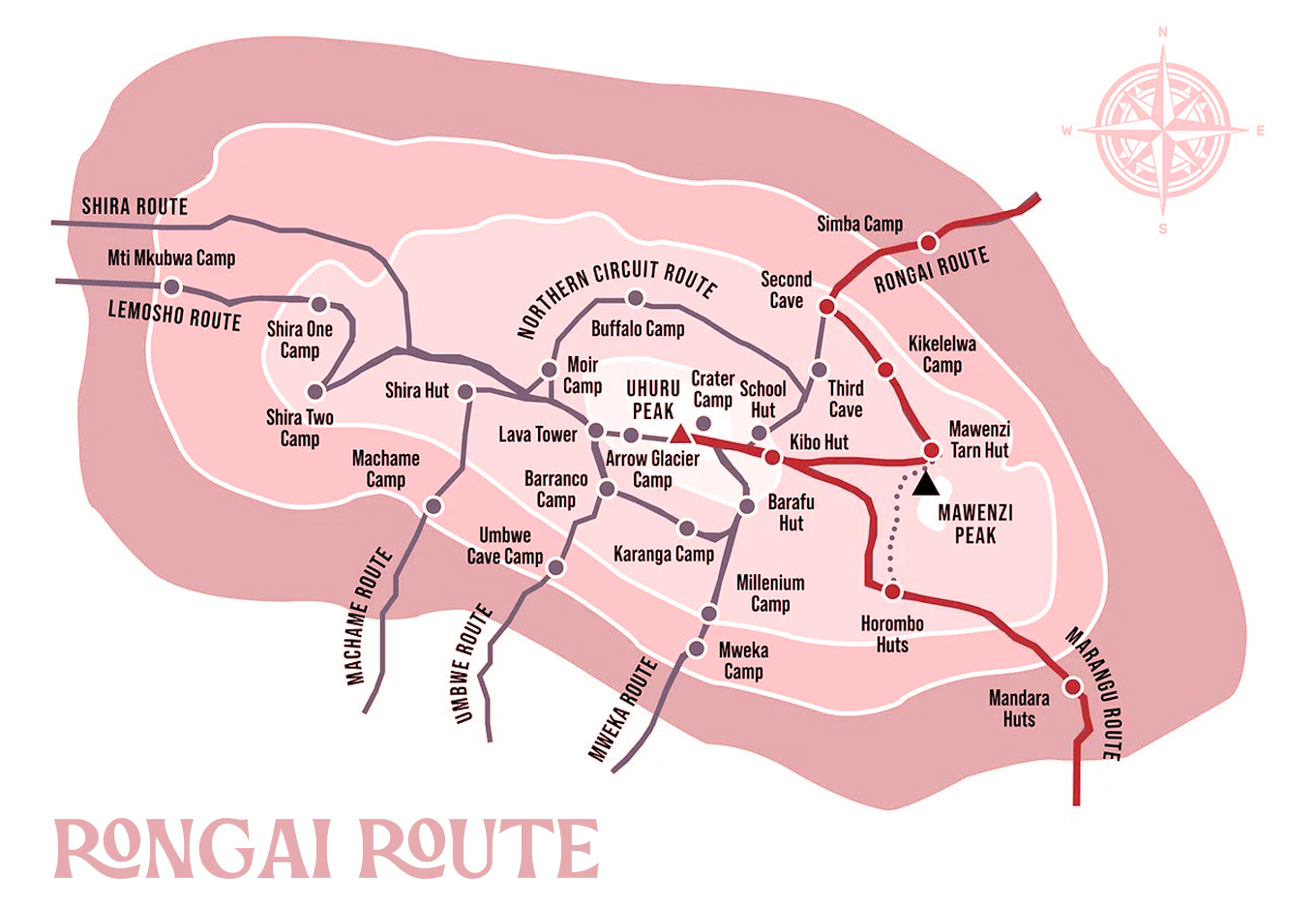
Gallery
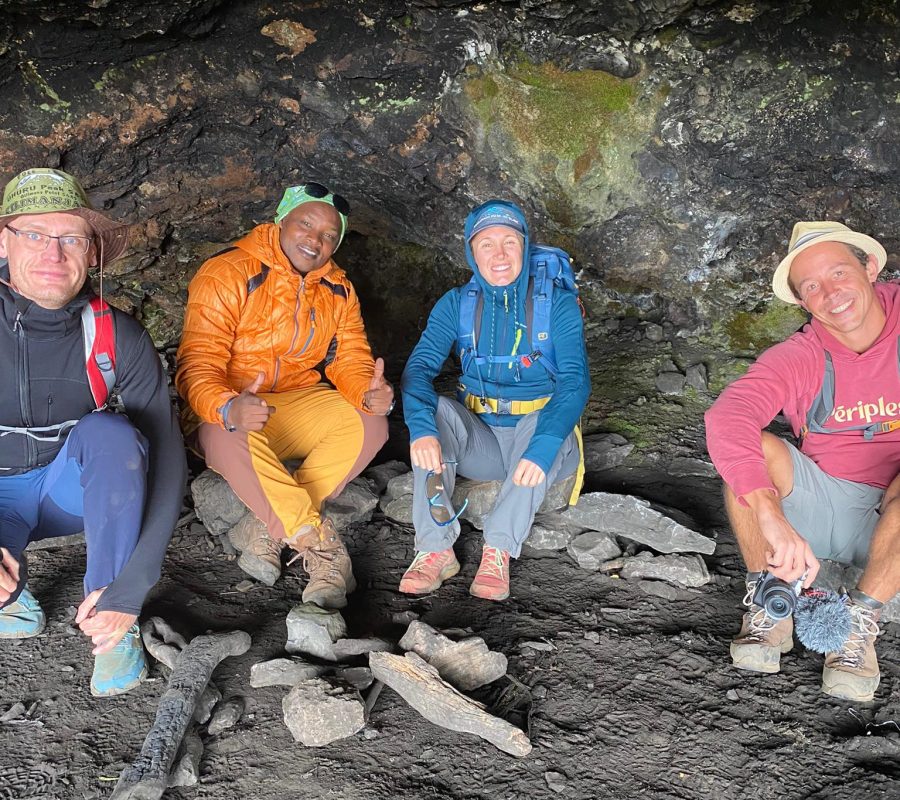
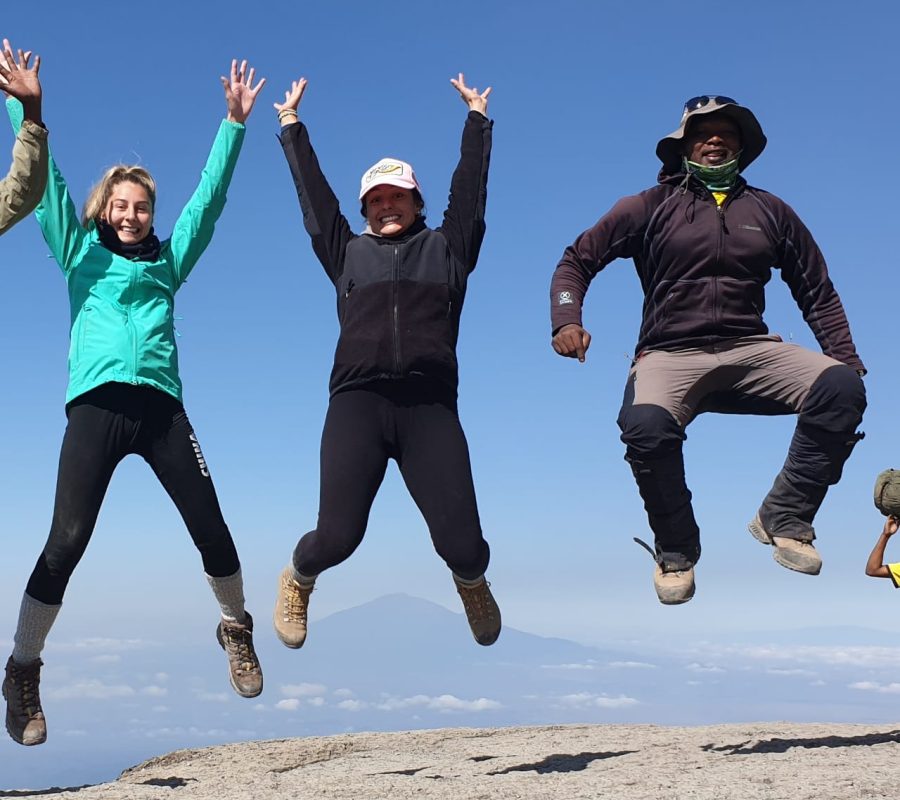
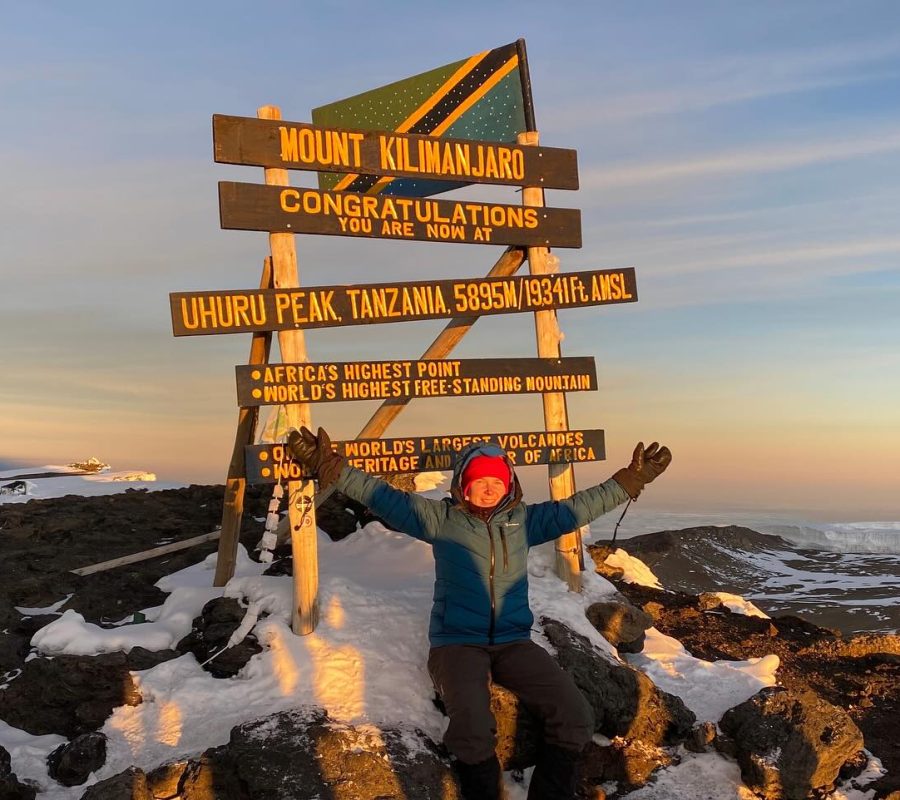
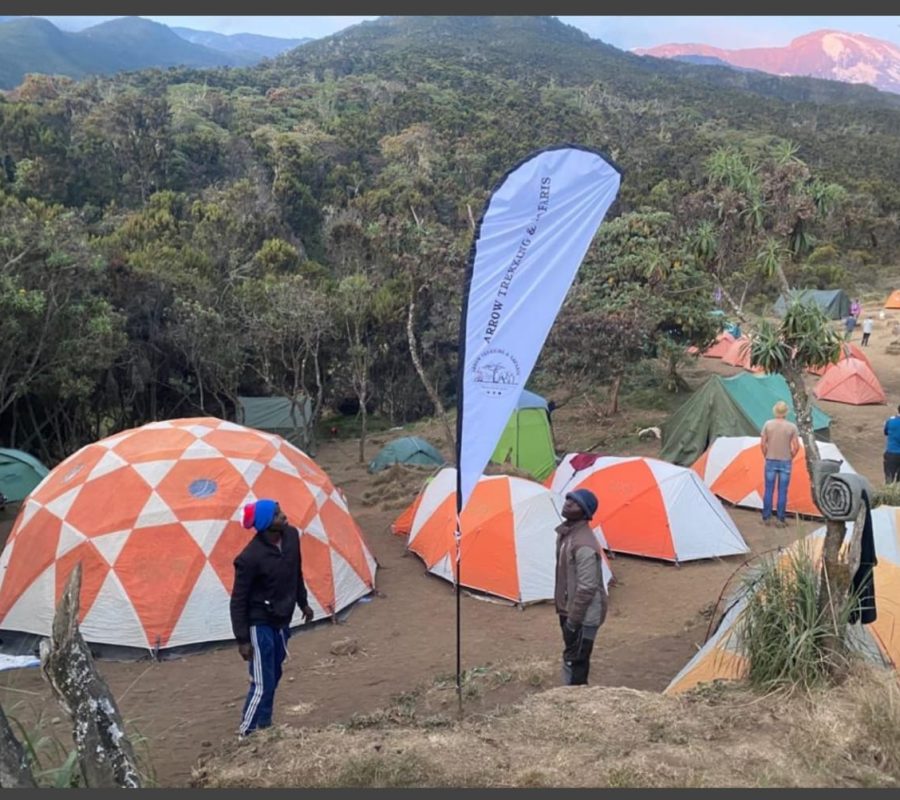
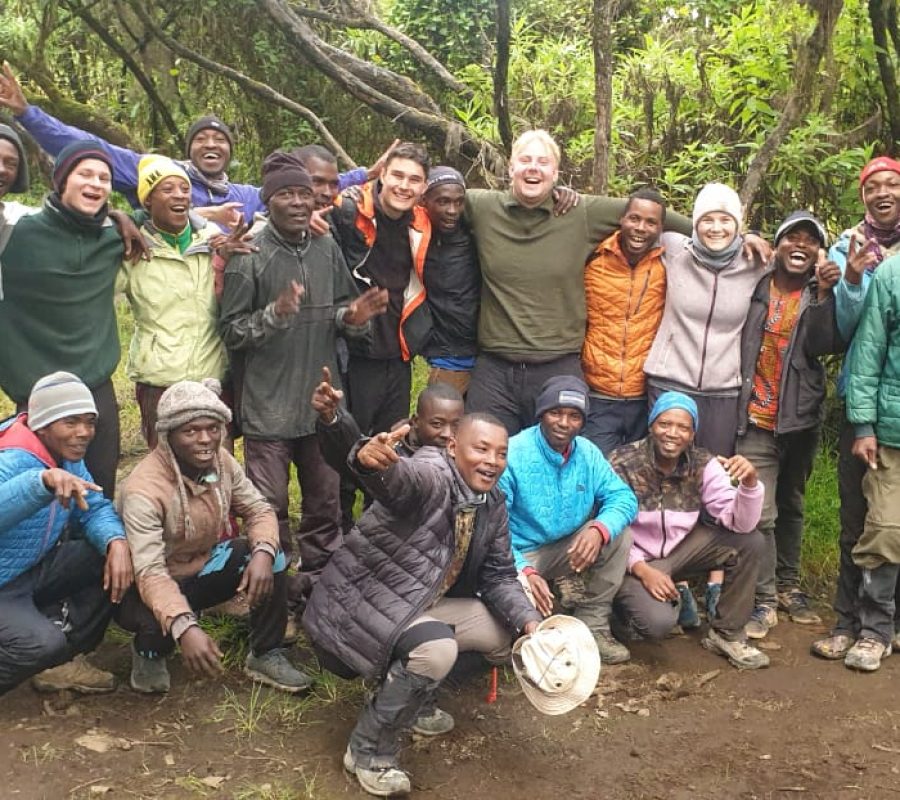
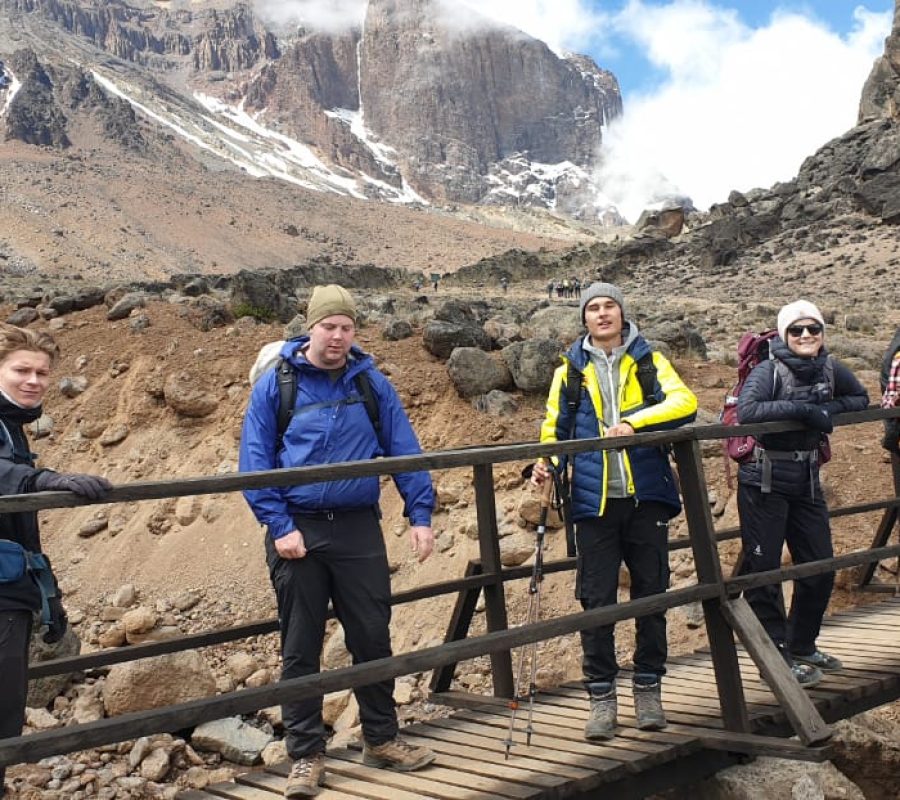
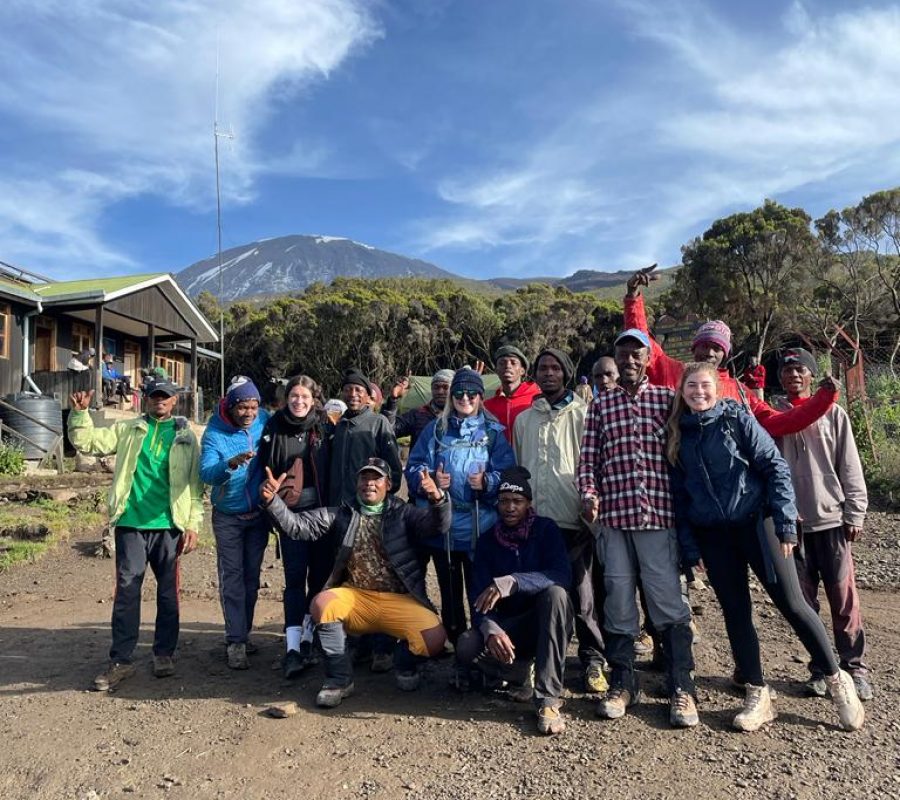
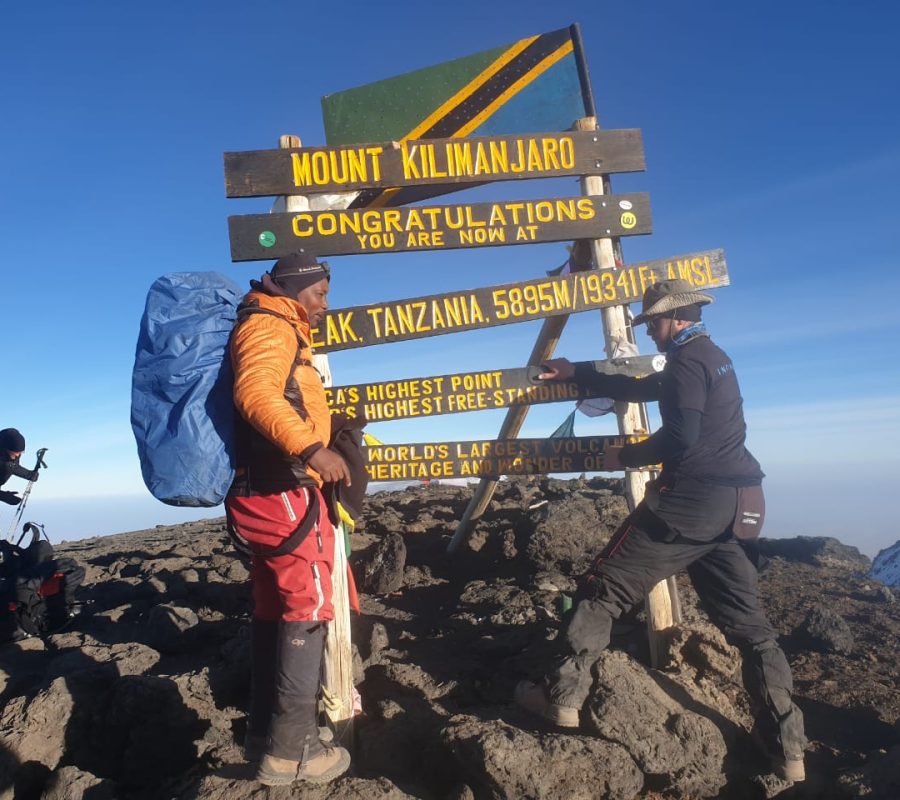
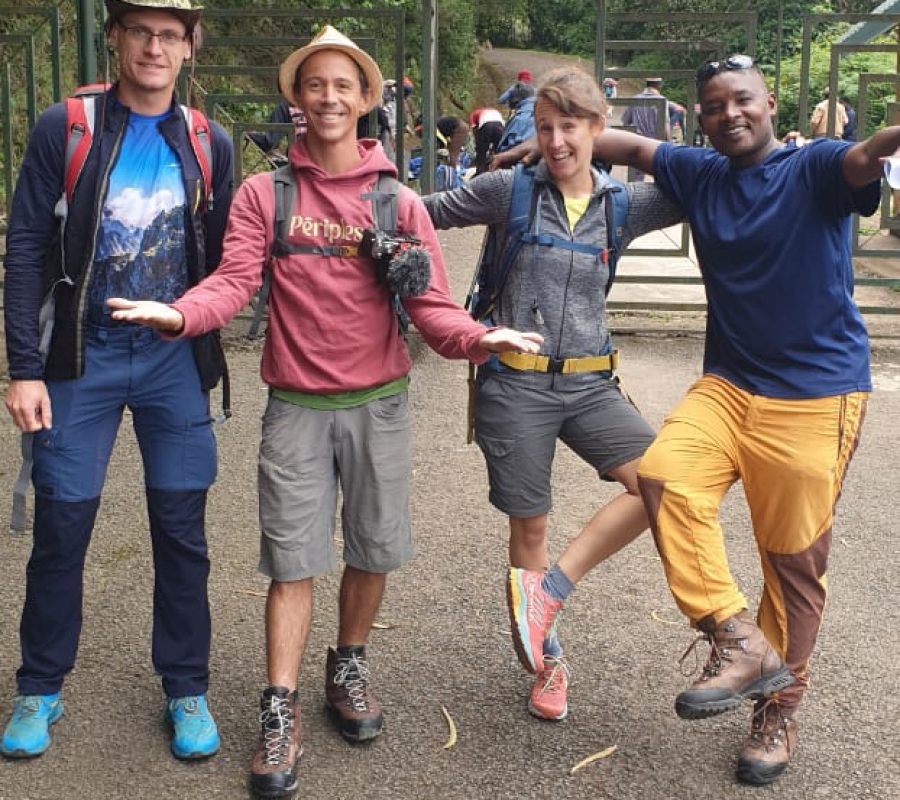
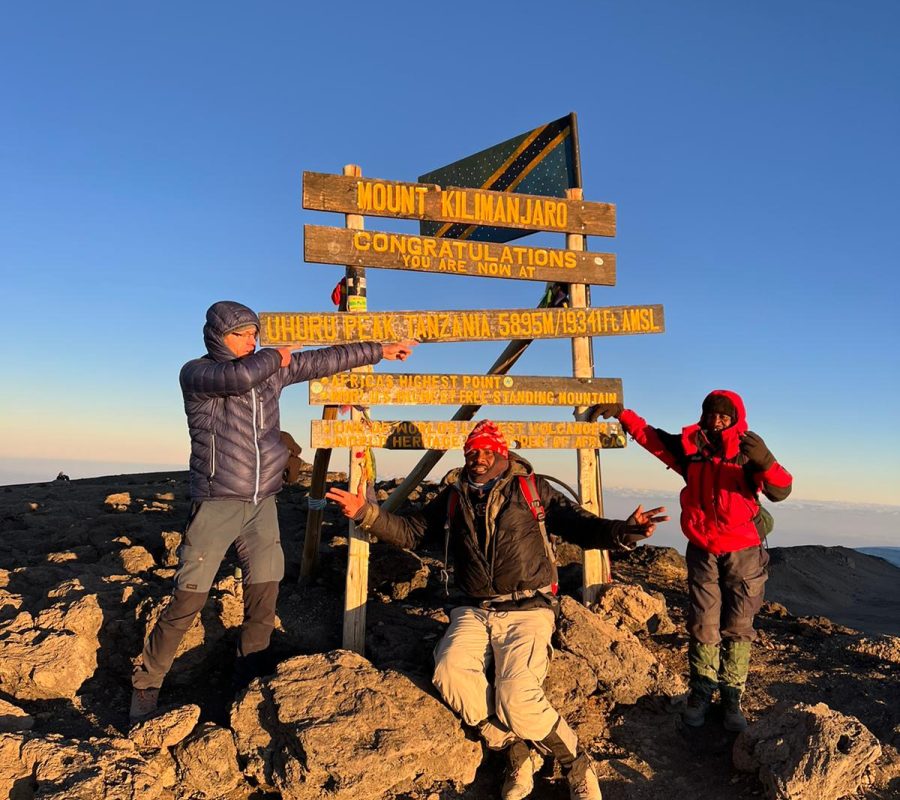
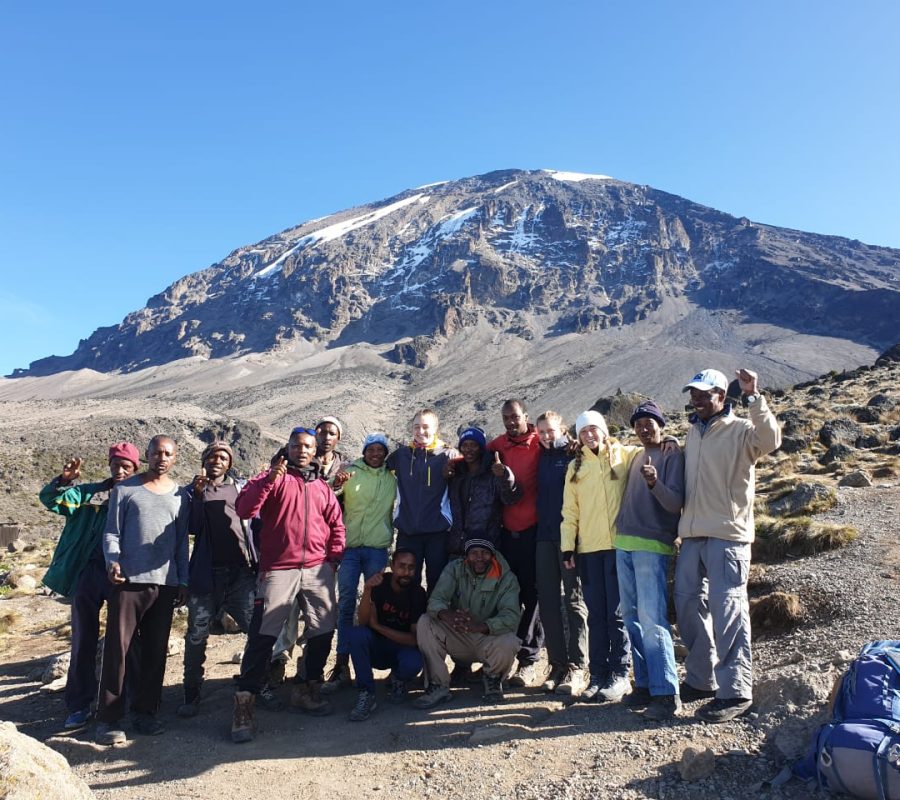
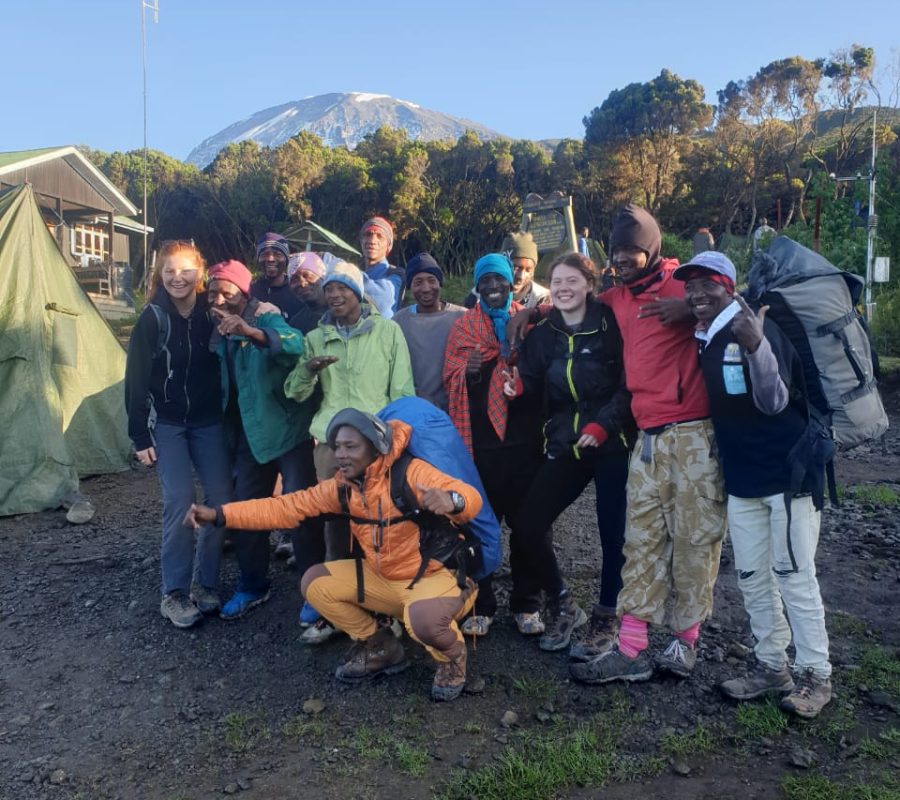
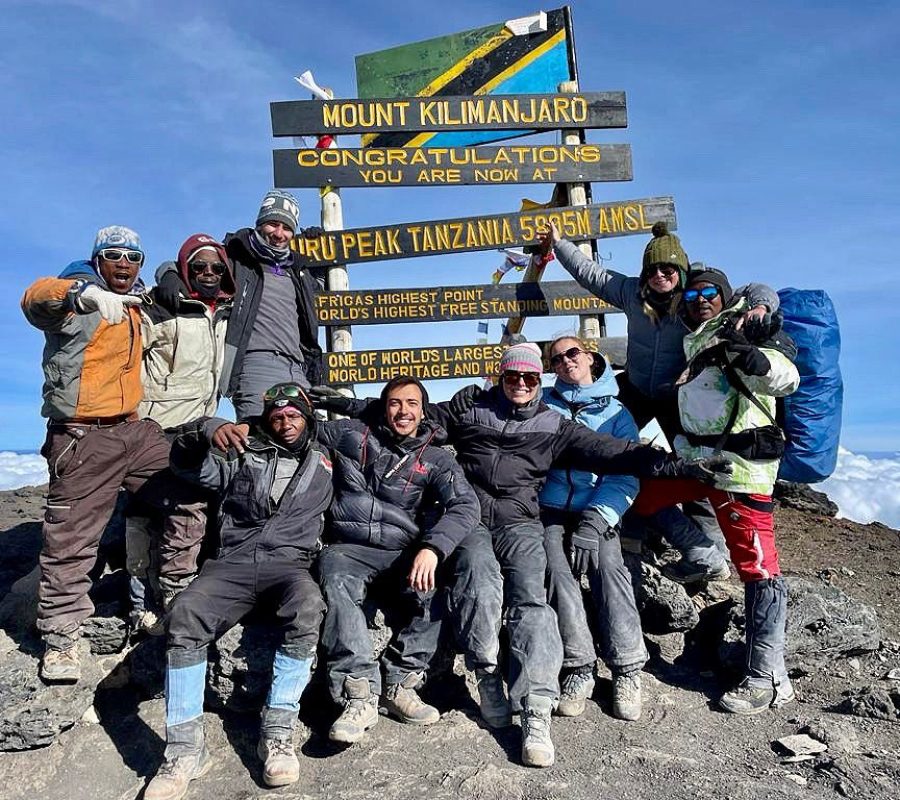
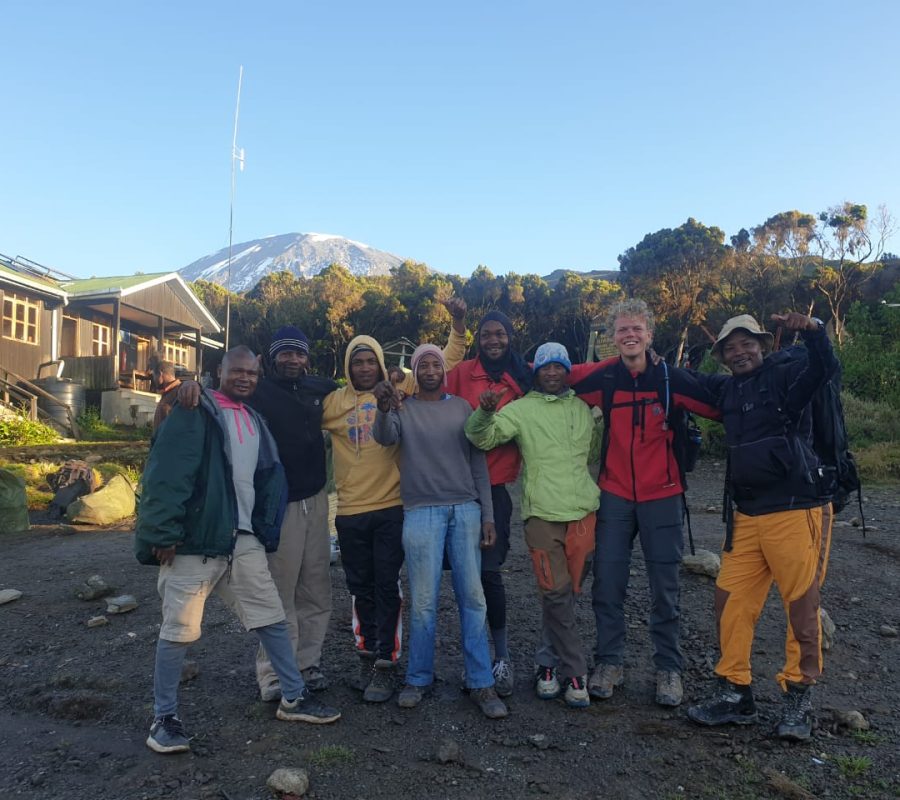
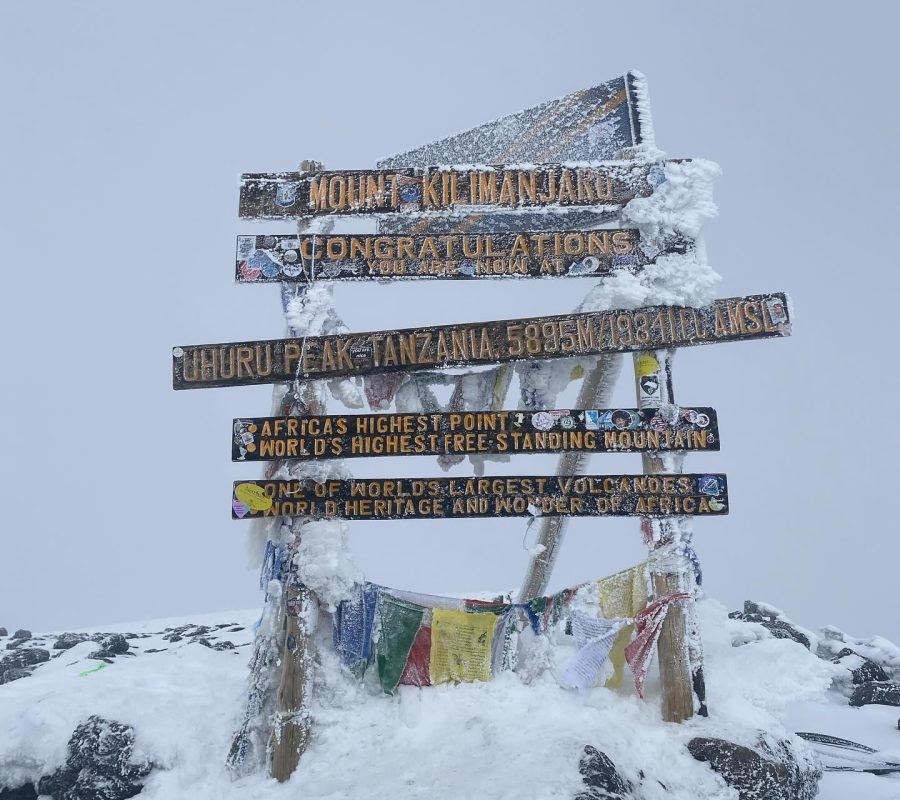
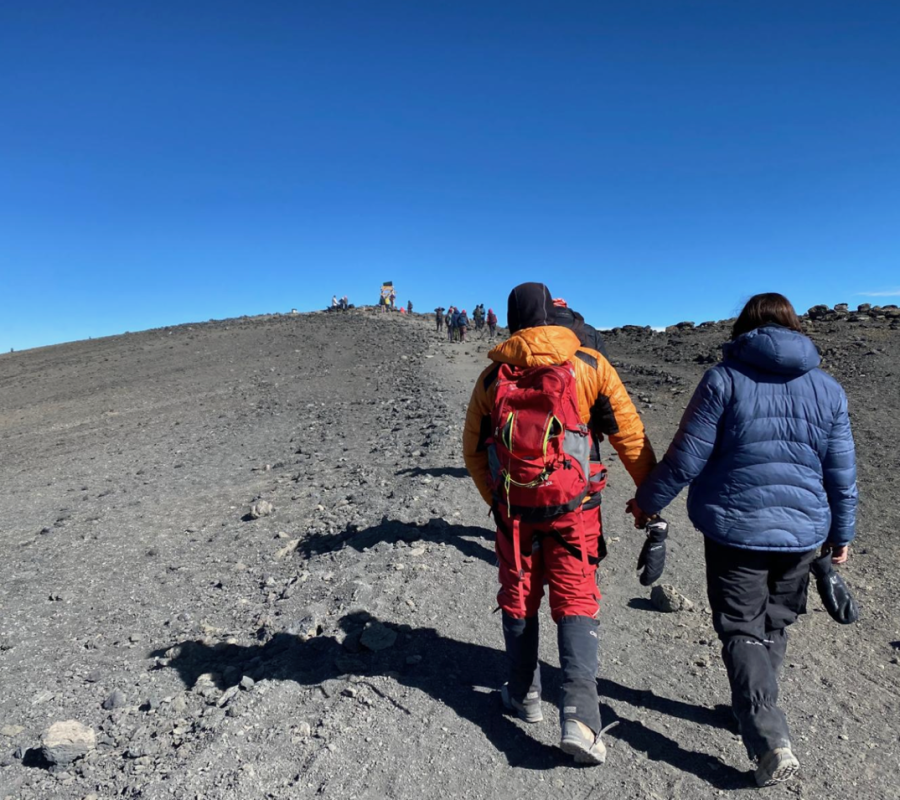
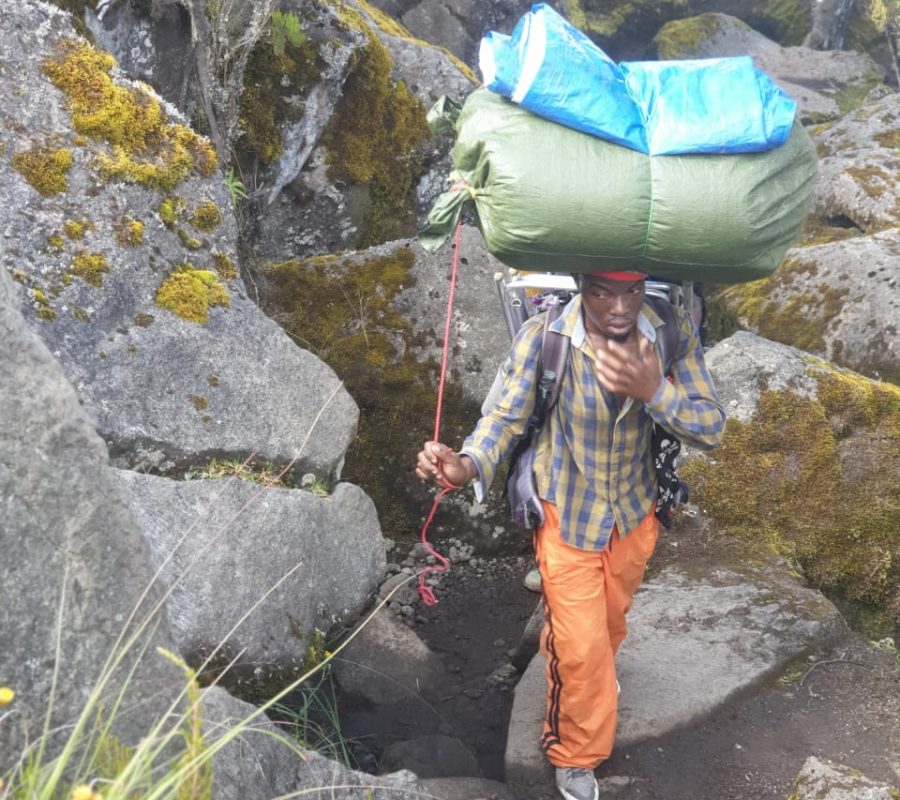
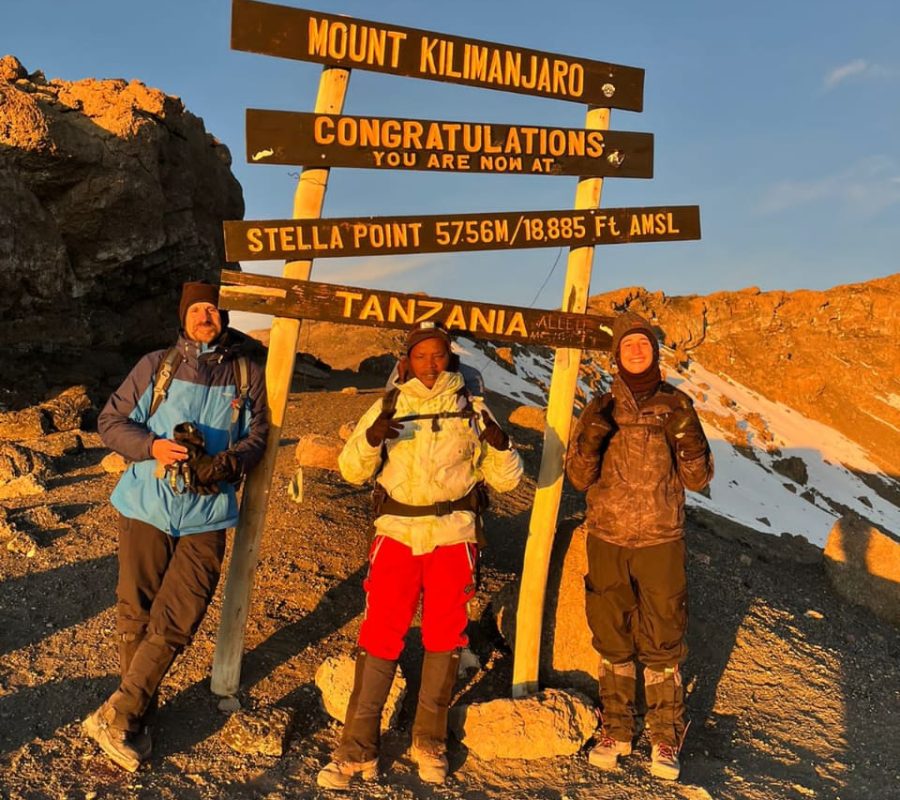
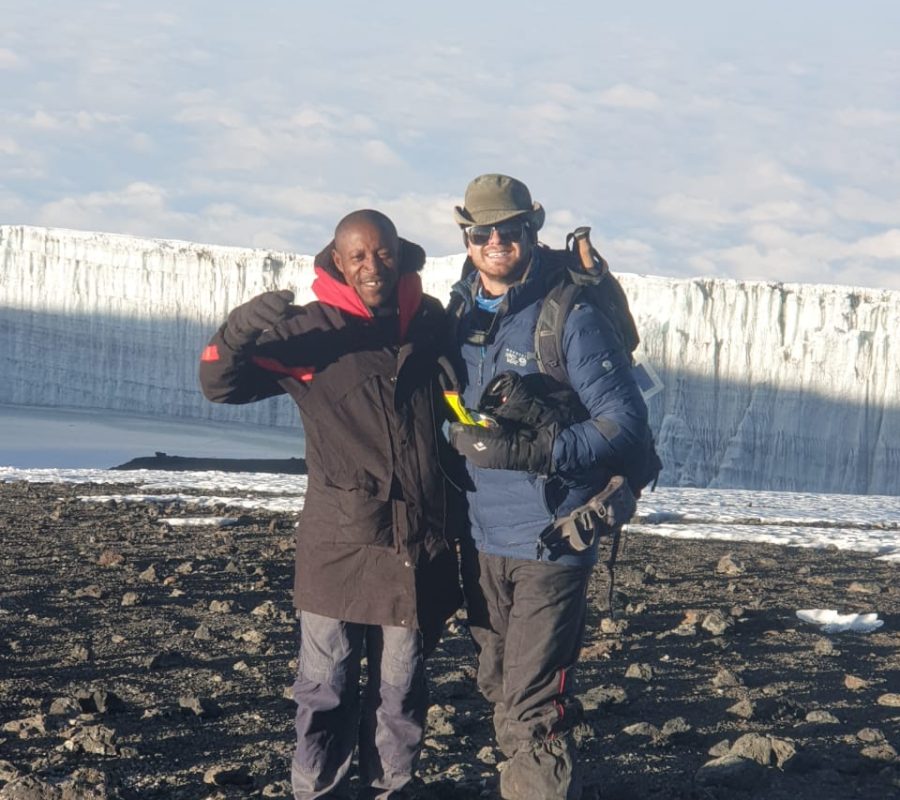
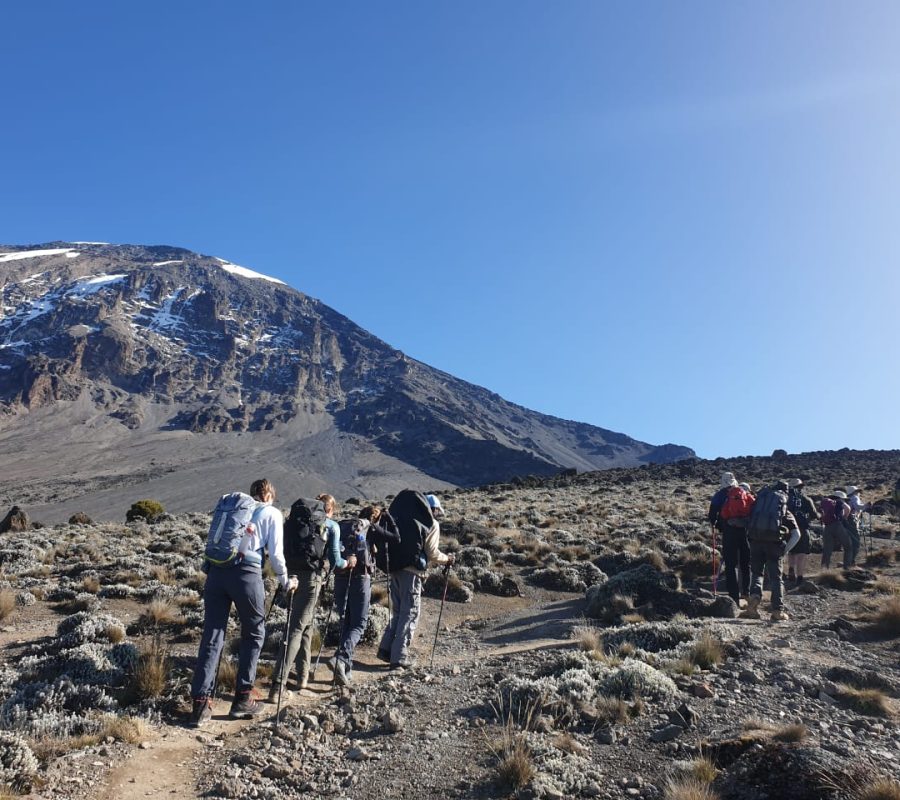
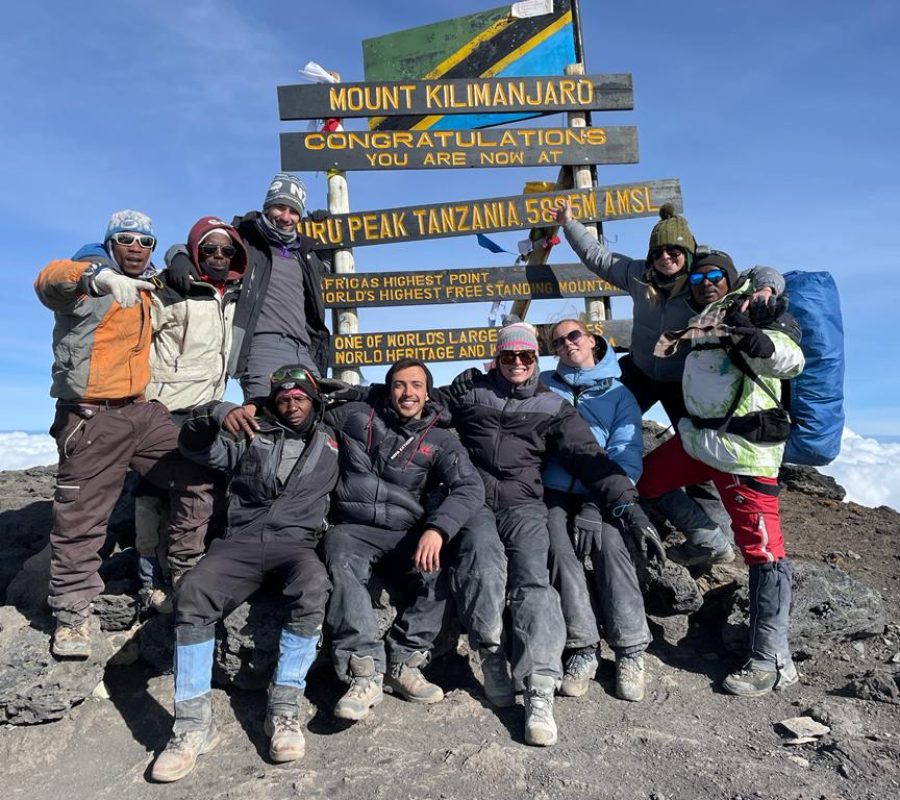

FAQs
Yes, most international visitors require a visa to enter Tanzania. Tourist visas can be obtained online, at Tanzanian embassies, or upon arrival at the airport. It’s advisable to check specific visa requirements based on your nationality before traveling.
Visitors are typically advised to get vaccinations for yellow fever (if traveling from a yellow fever-endemic country), typhoid, hepatitis A and B, and tetanus. Malaria prophylaxis is also recommended, as Tanzania is a malaria-endemic area. Consult your doctor for personalized advice.
The official currency is the Tanzanian Shilling (TZS), but US dollars are widely accepted, especially in hotels, lodges, and for safari bookings. It’s advisable to carry smaller denominations and exchange money at authorized bureaus or banks.
Yes, Mount Kilimanjaro can be climbed without technical climbing experience. However, it requires a good level of physical fitness, determination, and preparation. Guided treks with professional tour operators are essential for safety and success.
Swahili is the official language of Tanzania, and English is widely spoken, especially in tourist areas. Learning a few Swahili phrases is appreciated and can enhance your cultural experience (greeting people with “Jambo” (hello) )
Climbing Kilimanjaro is safe with the right preparation and a reputable tour operator. Guides monitor climbers' health, and the crew ensures safety throughout the trek.
You’ll need a valid passport, a Tanzanian visa, and permits provided by your tour operator to access Kilimanjaro National Park.
The minimum age for climbing Kilimanjaro is 10 years old. There is no maximum age, but climbers should be in good health and consult a doctor before attempting the climb.
